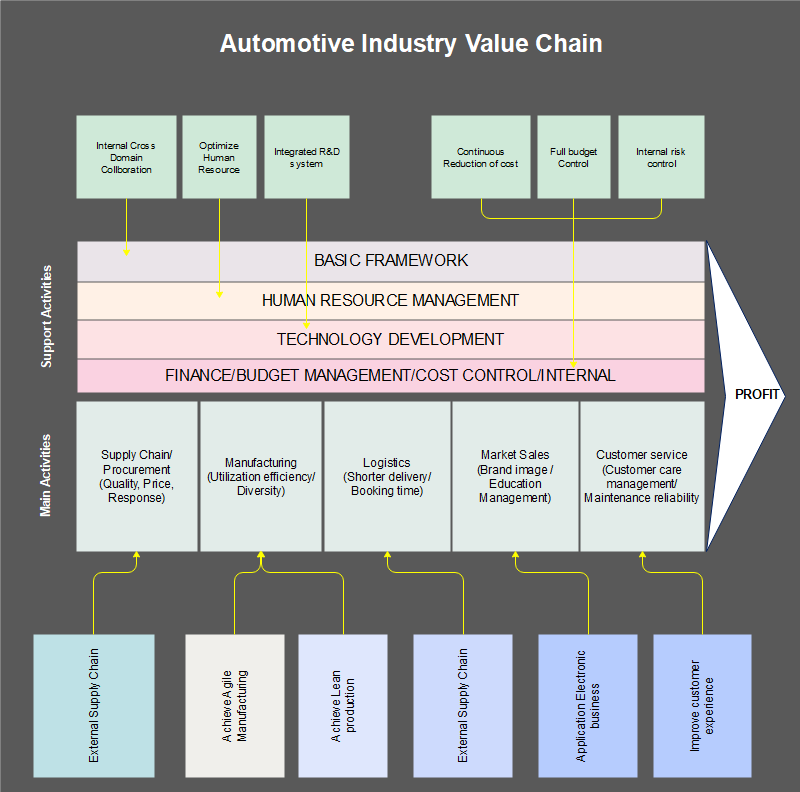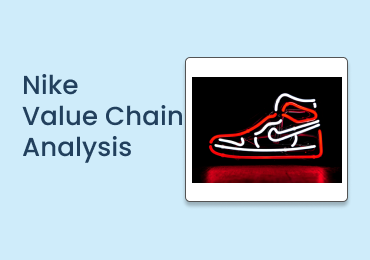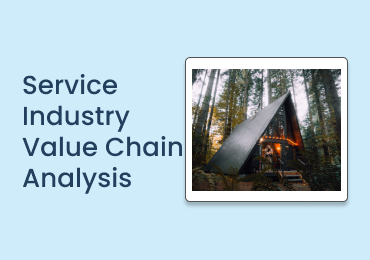Automotive Industry Value Chain Analysis
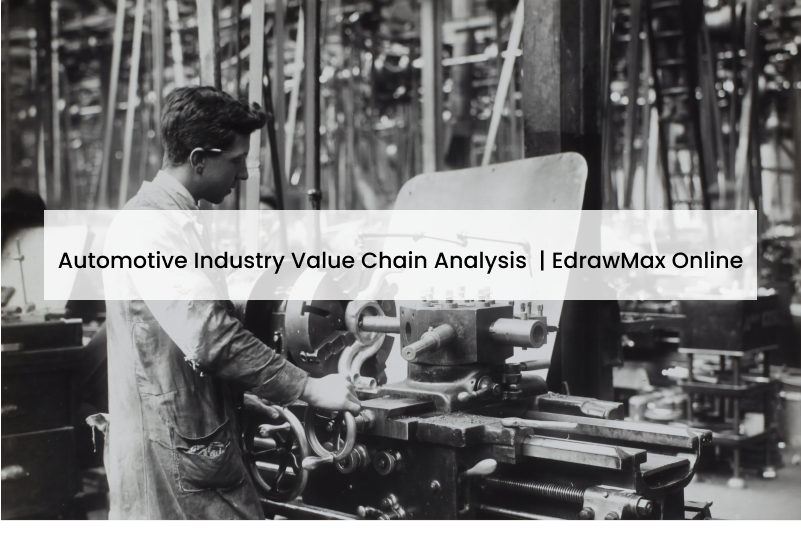
1. Introduction
The value chain is the activities that take from any product's conception until it is delivered to the final destination, the customer. It is basically the creation of a product throughout all its phases. It encompasses all the steps involved in the production and it is primarily to increase the efficiency of a company by delivering maximum value for the lowest cost possible, without compromising the quality of the product. When it comes to the automotive industry value chain, it works just like that. Taking all the raw materials use for production and find ways to get to the end product and eventually to the customers through the lowest possible cost. It is important for companies to analyse their value chain and find competitive opportunities.
2. Background of Automotive Industry
The automotive industry started back in the 1860s with manufacturers creating what they called at the time, horseless carriages. The United States was the leading country in automobile production for the first decades of its creation.
After the great depression, the world had around 32 million automobiles spread on all continents and it became one of the most important industries in the world. The United States continued to be the leader, but in 1980 it was passed by Japan, although that was short-lived as the U.S overtook them again in 1994. As recent as 2009, China became the top manufacturer of automobiles with around 14 million units. Since then, it had been quite the race between all three countries to be the top car manufacturer in the world.
3. Primary Activities in Automotive Industry Value Chain Analysis
The primary activities of the automotive industry chain are many and can differ from other companies but they encompass:
Source: EdrawMax OnlineInbound Logistics:
Consisting in receiving raw materials from suppliers and distribute them through their production line to start production. Here is essential to have a good partnership with the supplier to get the lowest cost materials.
Operations:
This step involves taking those raw materials previously delivered and transform them into the product the company is designing. Many manufacturers have their operations in different points of the globe for cheaper shipping into several regions and faster delivery.
Outbound Logistics:
The outbound logistics in the automotive industry value chain consists in collecting, handling, storing and distributing the product to its destination. This process is valuable for the overall management of the company. It must focus in lowering costs and time of production and at the same time remain reliable to the customers and the company’s values. As this can be a great way of adding value, it is important that structured transportation and delivery are at the highest standards to conform with the customers’ demands.
Marketing and Sales:
Marketing and sales is a vital part of the value chain as it is when the product get the customers’ attention. That can happen through advertising or promotion, management of the relationship with customers and also distribution and management of sales. The goal here is to target the right consumer as well as make them aware of the product and drive profits up.
Service:
In the last activity in the automotive industry value chain, the company offers customer support after selling the product and a continuous platform for the maintenance of the product. This activity also provides customer retention and improves brand image. A carefully managed customer service is the face of a company toward the public and its consumers.
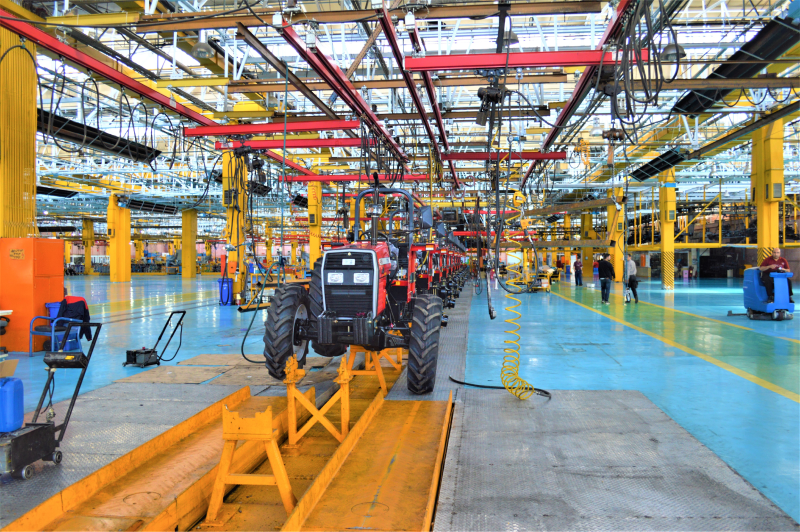
4. Support Activities in Automotive Industry Value Chain Analysis
Support Activities in Automotive Industry Value Chain consists of activities that allow the primary occupations to be performed.
Infrastructure:
It is the management of the company's culture and organizational structure. It is important to know who is responsible for each department and to ensure the financial side of the company is well taken care of to create higher profits.
Human Resource Management:
It is a valuable section of the company as enthusiastic and well-managed people are vital for the success of the brand. This part encompasses things such as control of performance, recruitment and training of human capital.
Technology Development:
Nowadays, technology is everything in the automotive industry including the first and the last step of the automotive industry value chain. Technology development aims to reach vehicle design, the safety of passengers and control over emissions that is a growing concern in the industry and in the world.
Procurement:
The management of procurement aims to reduce costs of raw materials from suppliers and it is important to keep costs low throughout the process of the value chain of the company. It also improves reliability for the customer, as they already know what quality to expect when buying a product from the company, as well as efficiency of the product.
5. Key Takeaways
The key takeaways in the automotive industry value chain are, among others, that innovation is at the core of everything, and it is something that should be focused on if the goal is to surpass other competitors and improve the quality of the products. Partner up with suppliers to achieve the best raw material at the lowest cost and still maintain the highest quality of the end product that the consumer is used to.
Word of mouth from satisfied customers might be the best marketing model to follow but knowing what the clients are looking for and promote it accordingly, as well as maintaining great customer service even after selling the product makes the customers come back.
The diversification of the product line across different markets and the logistics of parts make a huge impact when it comes to saving costs and getting the product faster into a region or market.
If you want easy-to-use, yet complex value chain analysis, as well as tools that allow you to be efficient, you have to use EdrawMax Online. It got everything you need to create and brainstorm the value chain of your company, with more than 280 types of diagrams, SWOT analysis, detailed diagrams, value chain analysis and Porter's five force models. It is an indispensable tool to progress your business in a simple and effective way. Also, you can find substantial value chain templates in our template community to have a quick start.
6. References
-
Tardi, C. (2020, July 5). 'How Value Chains Work'. Investopedia. [online] Available at: https://www.investopedia.com/terms/v/valuechain.asp (Accessed 21 August, 2021)
-
ThemeGrill. (2018, October 23). Value Chain Analysis EXPLAINED with EXAMPLES | B2U. B2U - Business-To-You.com. [online] Available at: https://www.business-to-you.com/value-chain/ (Accessed 21 August, 2021)
-
University of Cambridge. (2016). Porter’s Value Chain. Cam.ac.uk; University of Cambridge. [online] Available at: https://www.ifm.eng.cam.ac.uk/research/dstools/value-chain-/ (Accessed 21 August, 2021)
-
PharmaPhorum. A History of the Automotive Industry Industry, [online]. Available at: https://pharmaphorum.com/r-d/a_history_of_the_pharmaceutical_industry/ (Accessed 21 September 2021)
-
All About Automotive Industry: Segments, Value Chain and Competitive Advantage in 2020 - Reviews, Features, Pricing, Comparison. (2020, January 11). PAT RESEARCH: B2B Reviews, Buying Guides & Best Practices. Available at: https://www.predictiveanalyticstoday.com/what-is-automotive-industry-top-software-in-automotive-industry/ (Accessed 21 August, 2021)
